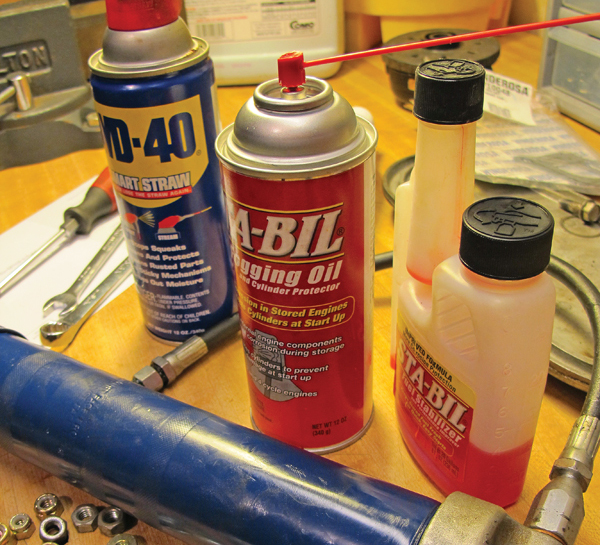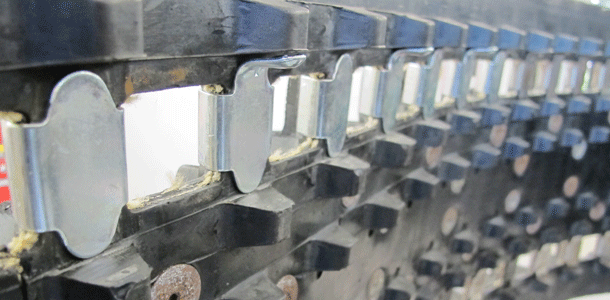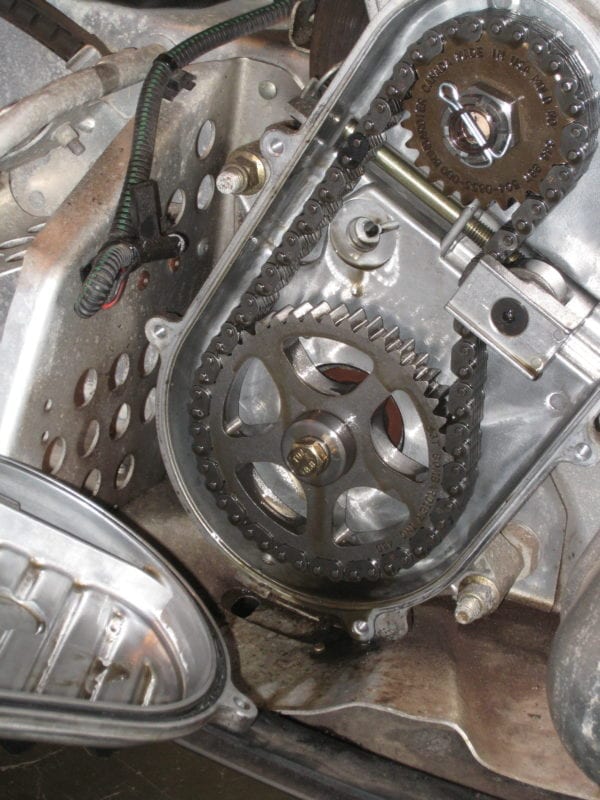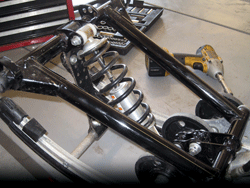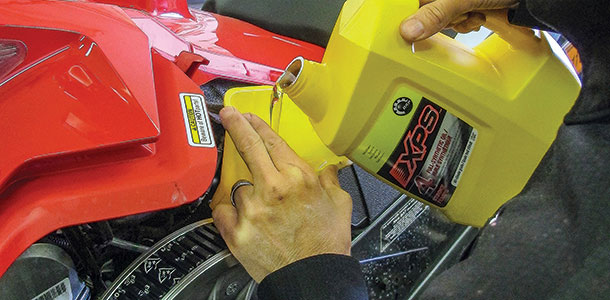Snowmobilers are some of the best home-schooled mechanics around, but they can’t do the work without the right tools and equipment for snowmobile repair. And it’s much easier with a shop layout that promotes efficiency.
Each home mechanic’s needs vary, so consider how advanced your repairs will be before planning your shop layout. Some repairs will need air tools and a compressor, specialty tools, a workbench and other equipment.
To make your work go more smoothly, plan the layout of this equipment in advance so the snowmobile, tools and workbench is within a few steps and easy to reach. The bench should be the central component with a light above it so small parts are easy to see.
Since a lot of work will take place on the bench, the toolbox should be set right next to it so you can quickly grab a tool during a critical moment.
Storage is another thing to consider. A steel cabinet with doors that latch is a good way to store oil jugs, drain pans, spray lubricants and cleaners because the inherent clutter will be hidden and the cabinet will provide a degree of fire protection.
Air tools are some of the handiest things to have in a snowmobile repair shop to supply more brut force and speed up disassembly and assembly. But air tools aren’t any good without a compressor that can keep up with the tool’s air volume requirements. When shopping for a compressor, make sure that its air delivery is more than the air requirements of the tools. This information is posted on the tools and compressors.
Many portable air compressors are adequate for a home mechanic’s needs. For example, a 2 hp, 30-gallon compressor will deliver in the neighborhood of of 5 cubic feet of air per minute (CFM). Since most intermittently used tools like an impact wrench use about 3.5 CFM at 90 psi, that compressor would work adequately. Tools like grinders and sanders need nearly twice as much air because they run continuously.
Belt-driven compressors are generally longer lasting and are certainly quieter than oil-less pumps. Oil-free compressors are virtually maintenance free and designed for light-duty, occasional use. They cost less, too.
Another thing to consider whether the compressor sits vertically or horizontally. Vertical compressors are usually stationary and occupy less floor space. Horizontal air compressors are a better choice when portability is key because they are less likely to tip over while being transported.

